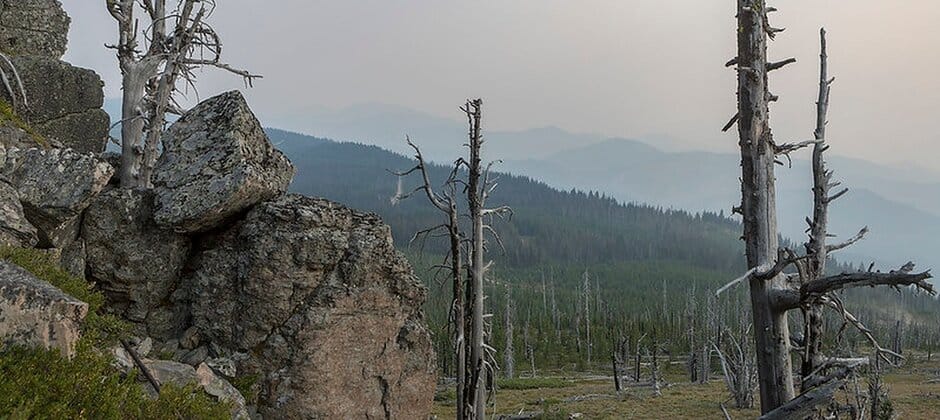Share this article
Detecting birds amidst the smoke
Community scientists are having a difficult time observing even the most common birds amidst the smoke from wildfires on the West Coast. A team of scientists combined data from eBird, an online community science platform, with information on air quality across Washington state. They found that higher concentrations of smoke changed the ability of people to detect 36% of the bird species they were looking at from 2015-2018. For 16 bird species, such as turkey vultures (Cathartes aura), Canada geese (Branta canadensis) and bald eagles (Haliaeetus leucocephalus), wildfire smoke made it more difficult for people to observe them, likely because they circle high above the ground and can be difficult to make out on smoky days. But for 10 species, such as some warblers, cedar waxwing (Bombycilla cedrorum) and spotted towhee (Pipilo maculatus), more smoke was associated with more observations. The researchers don’t know why but think it may have something to do with smoke pushing those birds lower to the ground, making them easier to see. Another possibility could be the smoke may clear out birds of prey, allowing songbirds to become more active and observable. “If we see or hear birds more or less frequently because of smoke, that also impacts bigger inferences we make in terms of how certain bird populations are doing,” said senior author Beth Gardner, an associate professor in the School of Environmental and Forest Sciences.
Header Image: Smokey skies during the Cougar Creek Fire in Washington’s Okanogan-Wenatchee National Forest in August 2018. Credit: Kari Greer/U.S. Forest Service








